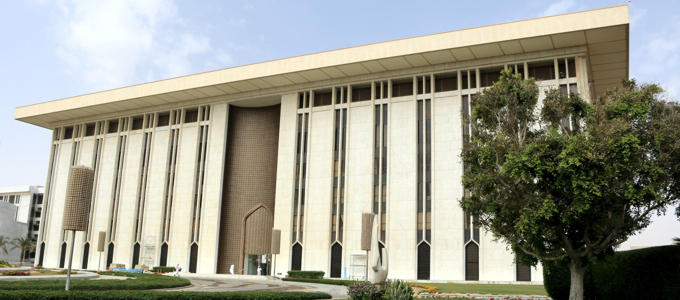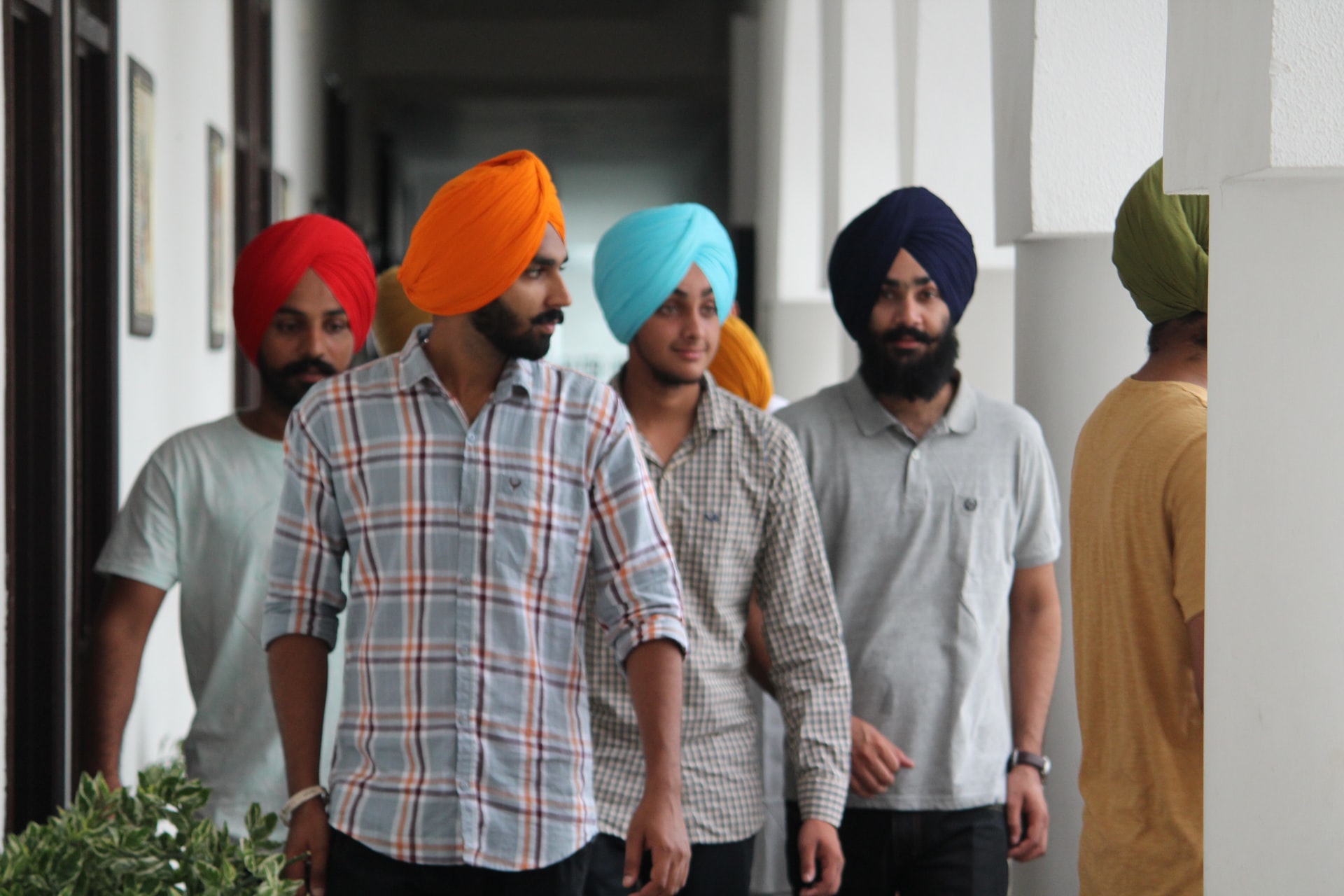The world reckoned the power of digitalization when the world's largest democracy pulled off the world's largest CoVid-19 vaccination drive effortlessly. The citizens who had previously been digitally identified and inked through the Aadhaar scheme and had access to smartphones could book slots easily and get vaccinated in no time.
Critical IT infrastructure designed and developed for the task tracked every single individual with the number of doses and helped the government keep a tab on the real-time figures. This amazing feat could not be ignored while highlighting the critical role of technology for successful governance and policy implementation.
But what made this drive so successful?
Is it the IT infrastructure that the government has been building as a stack over the years?
Or,
Is it the simplistic IT architecture that made booking slots a piece of cake?
The answer to it is both.
While the reality transcends way beyond a great user experience (UX), the event sets an example of why IT for enhanced citizen experience matters.
Governments all across the globe have been re-evaluating their strategies to bring citizens on the map and connect with them on subtle levels. For instance, in 2018 the United States’ Office of Management and Budget directed all its offices to include digital transformation as a part of their strategy and make informed decisions around it. This, in turn, has triggered the planning and development of critical IT infrastructure that assists both the government and the citizens.
But the question arises, why does it even matter?
Why Does It Even Matter?
The ultimate aim of a "technologically assisted'' government is to improve ease of living and drive positive outcomes for both the government and the citizens. From a citizen's perspective, a technologically inclined government projects better safety and advanced educational reforms while being conducive enough for a better future.
On the other hand, a technologically sound government can implement changes, bring policies, and connect on a larger scale to citizens through an IT-enabled infrastructure. This thus creates a win-win situation for all.
"Just as adept organizations have embraced change and transformed themselves to meet higher customer expectations, the government has the same opportunity. It can provide citizens with Anticipatory, Enabling, and Connected Experiences."
The Challenges and The Solutions
For years now, governments all across the globe have been trying to adopt a wide-scale digitization strategy with concepts such as Government as a Platform or GAAP.
However, a whopping 85% of people believe that higher standards of quality reforms need to be taken to deliver similar or higher standards of experiences. Further, the digital peers to commercial organizations' services have successfully recorded and implemented these changes.
This widening gap between the government and the citizens needs to be addressed through technology. The key aspect to citizen engagement is to create multiple channels that convey ease of use. The options are endless for the digital inclusion program and hence could not be ignored at all costs.
Use of Automation for Improving Citizen Experience
When we speak of automation, we are not speaking about commercial automation techniques. While the technologies may overlap, the methods entailed using one differs vastly from the other. Advanced voice automation technologies revolve around state-of-the-art Artificial Intelligence and similar other voice assistants. For example, it may be a smartphone accessing the 24/7 support, while for others, it could be a mere tweet or a chatbot on the website.
Using the right technologies, government bodies can improve citizen engagement in the following ways:
- Easing out the documentation process such as to request handling, payments, permits, etc.
- Enabling faster services to cater to the maximum number of people possible.
- Take ownership of user experience and constantly improve it.
These technologies are not only easy to use for the end-users but automate the mundane, repetitive tasks, thus proving to be helpful.
Working Out on Barriers to Automation
However, despite being a significant way for governments to reach out to citizens, the systems face multiple issues across various domains. Factors such as breach of security and privacy, lack of technical know-how, and cost have emerged as roadblocks for these technologies.
Some of the factors that can prove to be roadblocks are as following:
- Onerous timelines: The experts suggest that trained individuals from different departments can collaborate to form a more agile team that reduces errors and boosts efficiency but the concept is hard to realize in the real world.
- Competing Priorities: Narrow down the competing priorities to singulars and ensure that technologies play a vital role.
- Security Concerns: With voice-enabled technologies in place, things can go haywire in no time. Before implementing a nationwide voice-based solution.
- Lack of Funds: When it comes to investing in automation, agencies choose to go with proprietary/SaaS projects which further inflates costs and limits flexibility.
However, things could attain better heights, through the following measures:
- Prebuilt offerings are specific to public entities.
- Reducing inefficiencies and congestions through better access to services.
- Defining budgets to conceptualize digital enablement
- Leveraging donations and contributions to build essential systems.
- Focusing more on positive media coverage.
The Bottom Line
Being digitally enabled and having access to find solutions from the government leads to better satisfaction among the citizens. On the other hand, better digital experiences cut down the hassles and bring efficiency in digital-age solutions.
These platforms are designed to impact response rates, amplify engagement, and enable citizen-oriented interactions to bring out the best in people.
References
[1].https://www2.deloitte.com/us/en/insights/industry/public-sector/government-trends/2020/citizen-experience-in-government.html
[2].https://www.oreilly.com/library/view/open- government/9781449381936/ch02.html
[3].https://www.the-future-of-commerce.com/2017/06/12/transform-citizen-engagement-for-a-digital-age/
[4].https://www.genesys.com/blog/post/using-automation-to-improve-the-citizen-experience
[5].https://www.India today.in/technology/news/story/for-covid-19-vaccine-aadhaar-is-mandatory-even-if-registration-on-cowin-done-with-other-id-sort-of-1805290-2021-05-21






Comments